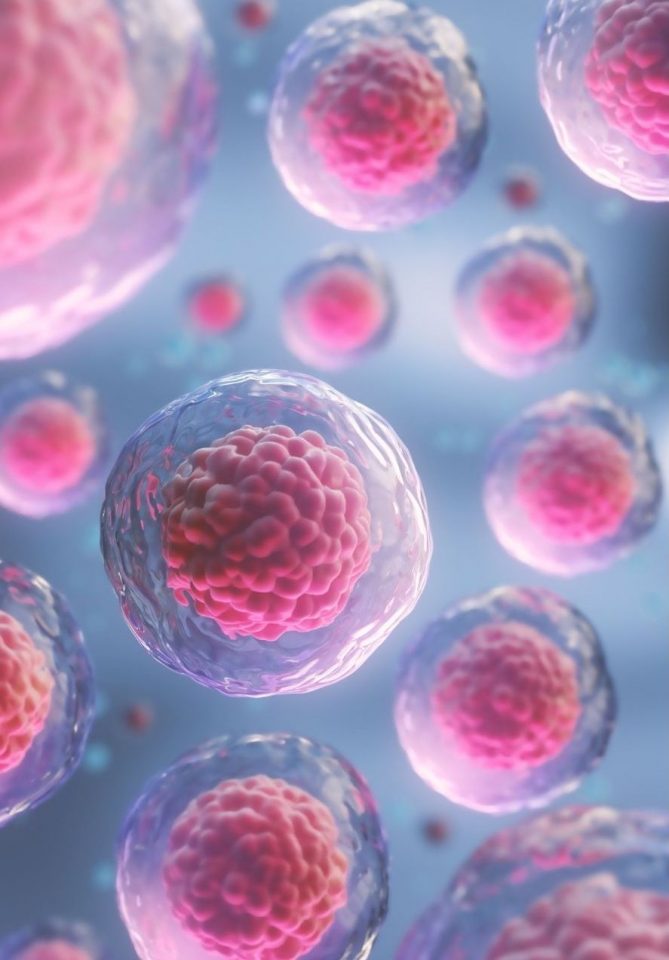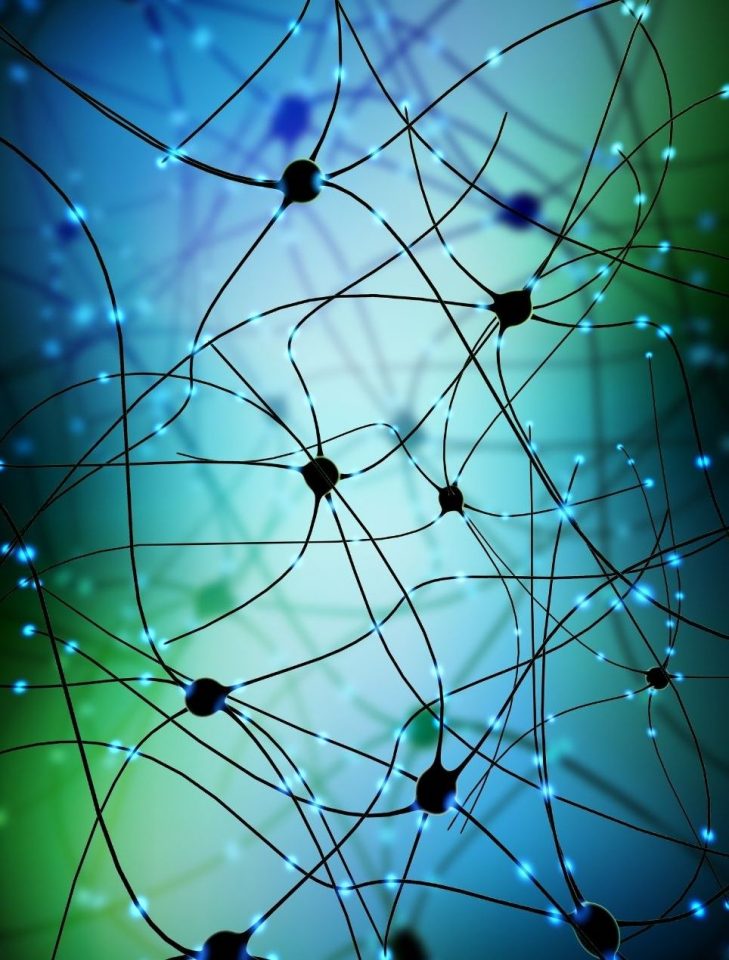
Endometriosis & Oncogenesis
We will collect endometriosis tissue from our surgeries to remove endometriosis, and then study gene mutations and expression changes to understand how endometriosis can lead to pain, infertility, or ovarian cancer. In this way, we can determine how a single disease (endometriosis), can cause such different symptoms in different women.

A Novel Mouse Model of Endometriosis with Epithelial-Restricted Cancer-Drivers
Therapeutic technologies are available to help relieve patients of some of their symptoms; however, more research needs to be done in order to improve the available therapies and to develop new technologies for patients who desire to conceive. The development of a novel mouse model is vital for future studies on endometriosis that will allow for the evolution of our knowledge on the disease and of potential treatments. The most common mutation found in endometriosis typically results in the cell growth seen in cancer; however, the role of this mutation in endometriosis is currently unknown. This animal model will express the mutation in the uterine tissue layer of the mouse, comparable to where it is typically found in human endometriosis.

Neurogenesis and Endometriosis
This study hypothesizes that nerve fibre density, nerve growth factor and mast cells are associated with pain symptoms in endometriosis. The study includes a retrospective chart review for patients who have undergone surgical excision for endometriosis and immunohistochemistry experiments.